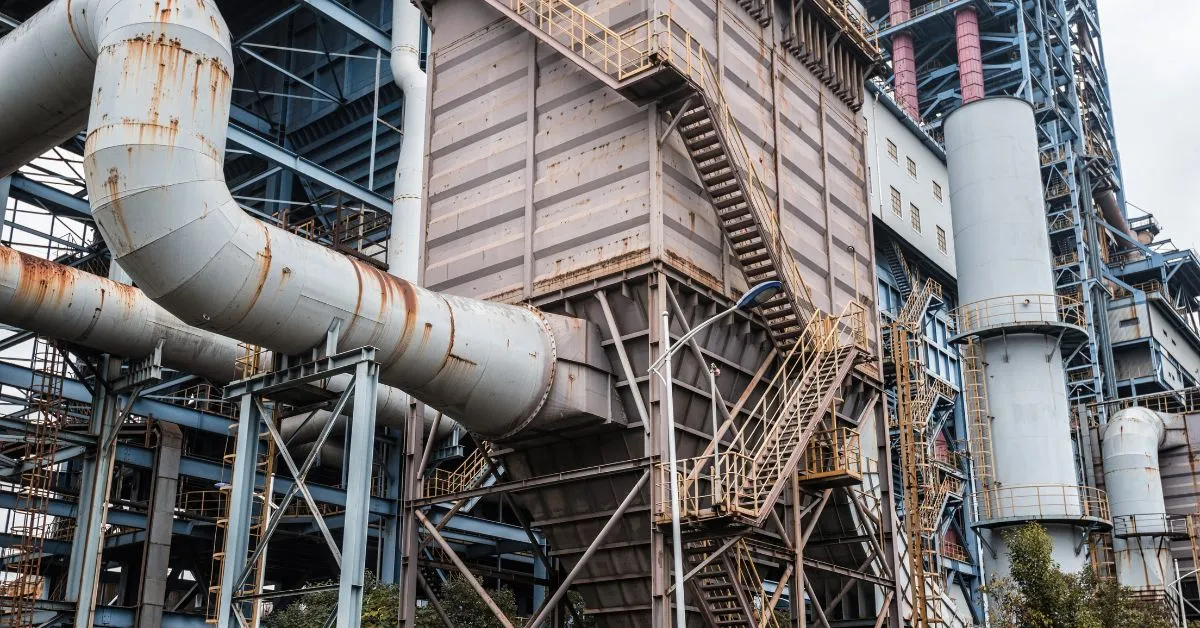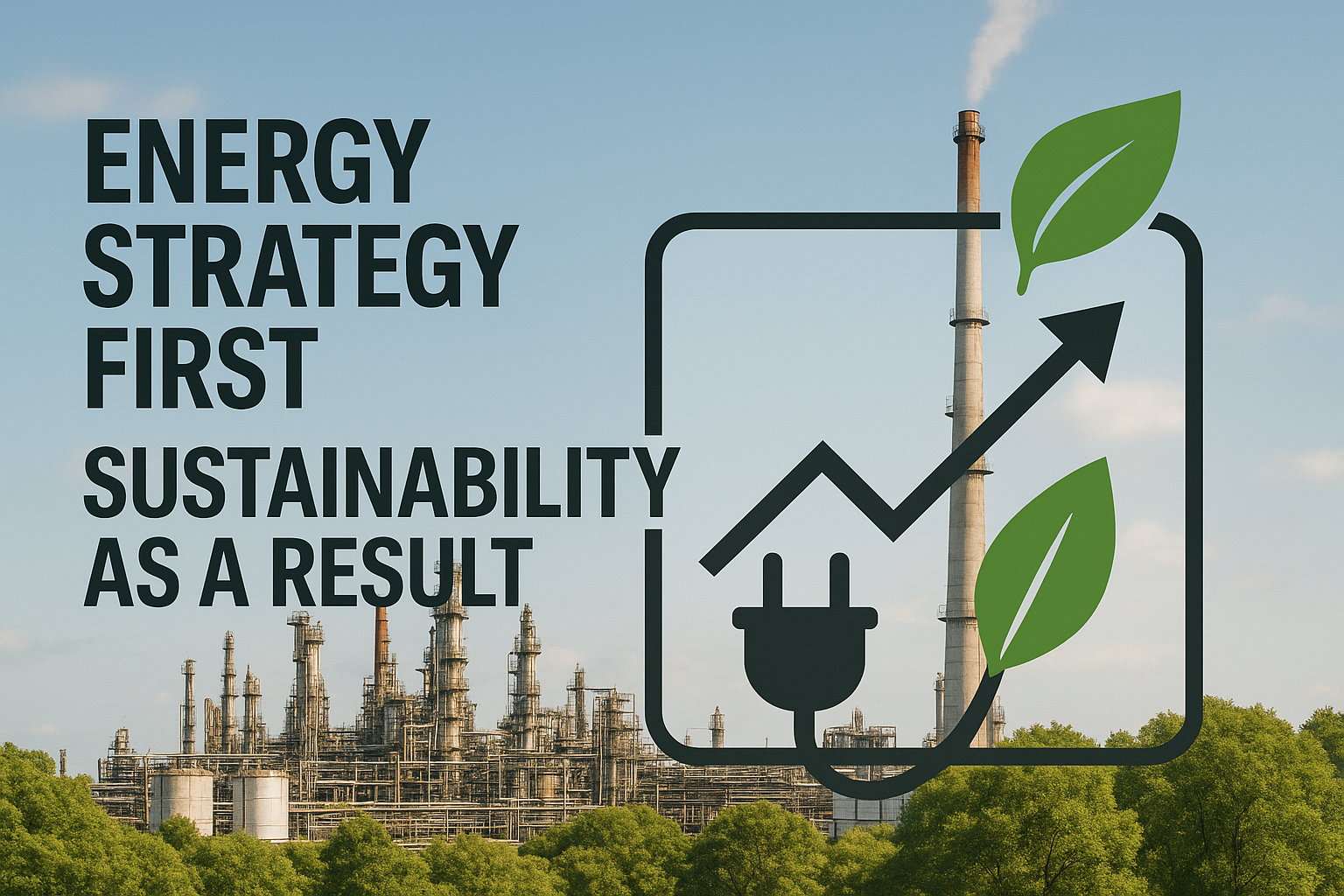If you run a cement plant, you know the industry’s environmental spotlight is intense. Cement production accounts for roughly 7% of global CO₂ emissions, and regulators are tightening limits just as customers demand ever-greener products. At the same time, kiln fuel and power bills keep swinging with volatile energy costs while unpredictable raw material supply chains test your scheduling and storage strategies.
This creates a triple constraint: emissions, efficiency, and consistency. Meeting all three usually means major capital projects. It doesn’t have to be. Advances in industrial AI now integrate with existing sensors and control layers, learning from your historical data and acting in real time to deliver measurable improvements.
What follows shows how AI keeps kiln operations stable, cuts energy use, sharpens quality, lifts throughput, and streamlines decision-making for operators, all without forcing you into costly equipment upgrades.
1. Keep Kiln Operations Stable and Efficient
Optimizing a rotary kiln means managing dozens of interdependent variables—feed chemistry, fuel mix, airflow, refractory wear, all shifting from hour to hour. When temperature drifts or draft becomes erratic, clinker quality swings, fuel costs spike, and unplanned shutdowns follow. Traditional control systems react too slowly, leaving operators chasing a moving target instead of maintaining stability.
Advanced AI solutions replace that reactive cycle with self-learning models trained on your plant-specific operations. Drawing continuous sensor data, these systems forecast process behavior and adjust setpoints in real-time, keeping temperature and oxygen ratios on track as raw-meal moisture or kiln load changes. Field studies show AI technology maintaining precise temperature control despite process disturbances—consistency no human operator can match around the clock.
Because these models connect to existing sensors through standard industrial protocols, deployment requires no new equipment. Plants using this approach report fewer kiln stops, lower fuel consumption per tonne, and tighter free-lime distribution, transforming a historically unpredictable process into a reliable profit center.
2. Reduce Energy Use Without Sacrificing Output
Energy ranks among your cement plant’s largest operating expenses, especially during calcination and finish grinding. Volatile fuel prices only amplify the pressure, making every unused kilocalorie a direct hit to margins. Because cement production is inherently energy-intensive, trimming consumption without depressing throughput is a strategic imperative.
Industrial AI solutions meet that need by linking existing kiln, preheater, and mill sensors to self-learning models that refine setpoints in real time. A deep learning controller continuously analyzes burner airflow, feed moisture, and fan speeds, then writes optimized targets back to the distributed control system (DCS), often within seconds, so you hold temperature profiles steady while burning less fuel. Field deployments of this approach on rotary kilns show precise temperature control that underpins measurable fuel savings without hardware changes.
The impact compounds across the flowsheet. When AI technology supervises mill separator speed and grinding pressure, plants have reported 5–10% improvement in energy efficiency. Holistic kiln-to-mill optimization can push overall energy reductions, all achieved with existing instrumentation and controls. The models update automatically as raw-meal chemistry or ambient humidity shifts, so energy intensity stays low even under variable conditions.
Lower fuel and power demand translates directly to fewer CO₂ emissions, helping you satisfy strict regulatory targets. These gains come from software overlays rather than capex-heavy equipment swaps, so the hurdle rate must overcome only integration and change-management effort—not new kilns or mills. Smart optimization lets you run the same clinker volumes at a lighter energy and carbon footprint, protecting both profitability and sustainability goals.
3. Improve Quality with Smarter Predictive Models
Raw-material chemistry shifts quickly, and even a slight change in kiln feed or grinding pressure can send a batch off-spec, triggering costly rework and customer penalties. The cascade often starts with manual sampling delays and legacy controls that can’t keep up with the minute-by-minute variability.
Industrial AI now watches every feeder, analyzer, and lab result in real time, learning how thousands of sensor points map to finished properties such as Blaine fineness and 28-day compressive strength. When the model spots a trajectory that would miss either target, it recommends grinding or kiln adjustments on the spot, often hours before traditional lab tests confirm a problem.
Because you can see the predicted strength curve before the clinker even cools, you no longer need to add “insurance” clinker or overgrind material, two practices that create giveaway and extra CO₂. Plants using predictive models to fine-tune limestone or slag substitution keep strength on target while cutting clinker factor, a step toward decarbonization. The result is less waste, fewer customer claims, and a smoother path to more sustainable operations, all without new equipment or long shutdowns.
4. Increase Throughput with Better Process Coordination
Bottlenecks appear where the raw mill, kiln, and finish mill hand material off to one another. A short delay in raw mix preparation can leave the kiln idling, while an unstable kiln starves the finish mill. Legacy controls treat each area separately, so these interruptions slip through unnoticed until production drops.
Industrial AI breaks those silos by streaming sensor data from every section into one plant-wide model. Real-time analytics track vibration signatures, motor loads, and temperature trends, predicting equipment issues days in advance so you can schedule repairs before a stoppage occurs. Multivariable optimization engines coordinate feed rates, grinding pressure, and airflow so each unit runs at its sweet spot together, rather than in isolation.
Plants using these techniques have logged sustained output improvements of 3–10%, adding several tonnes per hour without extra fuel or major capital projects. During demand spikes, the model safely stretches setpoints, then eases back to conserve energy, letting you deliver more product per tonne of energy consumed while relying on the equipment you already own.
5. Simplify Complex Decisions for Operators
When you sit in a cement plant control room, hundreds of tags flicker across multiple screens while raw-material quality, ambient humidity, and market demand all shift at once. It’s easy to miss a subtle temperature drift that later forces a kiln stop. Modern industrial AI cuts through that noise by connecting to your distributed control system (DCS), ranking the few variables that really matter, and recommending set points in real-time. A human-centric control room guide shows how intuitive dashboards reduce cognitive load so you can focus on high-value decisions instead of hunting for anomalies.
Because the models learn from every run, they also become a living playbook. Incident replays and scenario simulations, features highlighted in recent incident-replay deployments, let new operators practice complex upsets without risking production.
This digital backbone captures plant-specific expertise, turning tribal knowledge into standard operating procedures you can access on any shift. Transparent algorithms explain why a recommendation appears, dissolving the “black box” concern and building trust. The result is faster, more confident decision-making and a workspace that appeals to the next generation of engineers, benefits reinforced by closed-loop guidance in recent optimization projects.
From Insights to Action with Imubit
Industrial AI can steady kilns, curb energy use, lift product quality, boost throughput, and streamline control-room decisions—all without new equipment. Imubit’s Deep Learning Process Control® sits at the heart of the Imubit Industrial AI Platform, feeding its Closed Loop AI Optimization solution with the operational context needed to deliver those improvements in real-time. By learning your plant-specific operations and writing optimal setpoints back to the distributed control system (DCS), the platform helps you cut CO₂, grow profits, and stay competitive while sidestepping major capital investments. Explore next steps with seasoned experts in a Comprehensive Plant Assessment to begin AI-optimized production at your facility.




